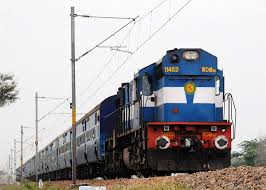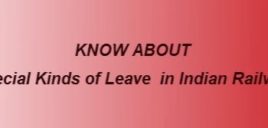Where can I see some preserved coaches, wagons, and other rolling stock?
June 22, 2019
The National Railway Museum has the following: Broad gauge Oudh and Rohilkund Railway Saloon of 1890 4 wheel saloon Oudh and Rohilkund Railway Covered wagon 148 Central Workshops Alambagh, Lucknow 1879 Gaekwar's Baroda State Railway Saloon Parel workshops of BBCI 1886 MSMR 6 wheel Saloon built by Southern Railway at Perambur EIR Sheep wagon
Read More
What are the common configurations of IR coaches?
June 22, 2019
The BG 3-tier sleeper coach is very common, and provides accommodation for 72 persons. Each compartment in it has 6 berths: 3 seats forming a bench on either side of the compartment; these form two bunks, the back-rests of the seats fold out to become bunks at night, and lastly, there are two bunks further up. Across the aisle from a compartment
Read More
How are coaches numbered by IR?
June 22, 2019
Coaches usually have a 4-, 5-, or 6-digit number, where the first two digits denote the year of construction (e.g., 8439 denoting a coach built in 1984, or 92132 denoting a coach built in 1992). In some cases the first two digits may represent the year the coach was transfered to the zonal railway, and sometimes the year represented is the year
Read More











